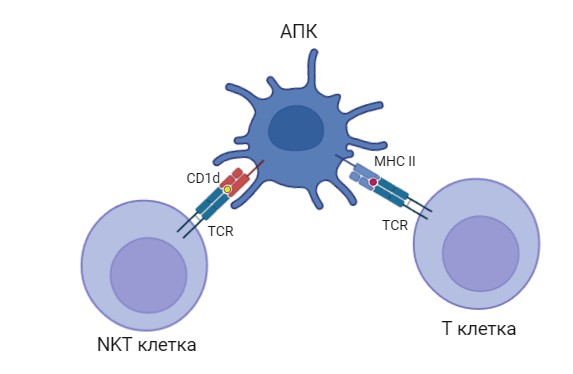Scientists have discovered that the naked mole-rat, a burrowing rodent that lives up to 40 years, has lost a number of functional CD1 genes. Cluster of Differentiation 1 (CD1) proteins play an important role in mammal immune systems. The findings suggest that the naked mole-rat’s immune system relies on different molecular mechanisms. The results of the study, supported by grants from the Russian Science Foundation, were published in the Biology Direct scientific journal.
In mammals, birds and reptiles, CD1 proteins play a crucial role in immunity, helping to “alert” other immune cells to the presence of a foreign entity, such as bacteria or a virus.
In animals, the number of CD1 genes and their composition vary greatly, with 2 genes being found in mice, 1 in rats, and as many as 9 in guinea pigs. As most preclinical drug trials are conducted on these animals, the search for and identification of their functional CD1 molecules is particularly important for a proper understanding of research. The naked mole rat is the only known mammalian species to have completely lost all of its CD1 proteins.
Researchers from the Immanuel Kant Baltic Federal University (Kaliningrad), Engelhardt Institute of Molecular Biology (Moscow), the Institute of Molecular and Cellular Biology of the Siberian Branch of the Russian Academy of Sciences (Novosibirsk), Moscow State University, and the Karolinska Institute (Sweden) described the evolution of CD1 proteins in rodents. For this purpose, they analysed sequences responsible for the synthesis of CD1 proteins in 18 rodents of different species. Scientists discovered that the naked mole-rat (Heterocephalus glaber) has lost some of its active (functional) CD1 genes. Related to the porcupine, these animals have an unusually long life expectancy for rodents — up to 40 years — making them useful for the study of ageing mechanisms. The absence of CD1 proteins in naked mole-rats indicates another unusual feature of this rodent — non-standard immune system mechanisms.
| Alexei Zamaraev, Candidate of Biological Sciences, Researcher at the Engelhardt Institute of Molecular Biology and Moscow State University, participant of the project: |
| Recent studies of the immune system of the naked mole-rat have shown the absence of natural killer T cells, which are involved in the removal of bacterial and viral infected cells, as well as tumour cells. Since the presence of a functionally active CD1d gene is necessary for the development of natural killer cells, we hypothesised that the immune response in the naked mole-rat follows a different pathway, independent of NKT cells. The immune system of the naked mole-rat could partially compensate for the loss of NKT and NK cells by stimulating myeloid cells which successfully copes with the elimination of senescent or damaged cells. |
Research showed that the animals of the Myomorpha suborder. Sciuromorpha, Castorimorphi and Hystricomorpha suborders represent the most conservative and evolutionary old group of Rodents, which contains almost all types of CD1 genes.
| Konstantin Gunbin, Candidate of Biological Sciences, Researcher at the Immanuel Kant Baltic Federal University, participant of the project: |
| In the future, we plan to investigate another type of molecule with the same function as CD1 proteins — MR1 proteins. We hope that the data obtained will allow us to understand not only the fundamental features of the immune system of different animals, but also to identify models for targeted activation of CD1-specific T cells and triggering the immune response to various pathogens. |

User profile for student
User profile for student
I give consent to the processing of the personal data provided, with Personal Data Processing Policy acquainted
Confirm consent